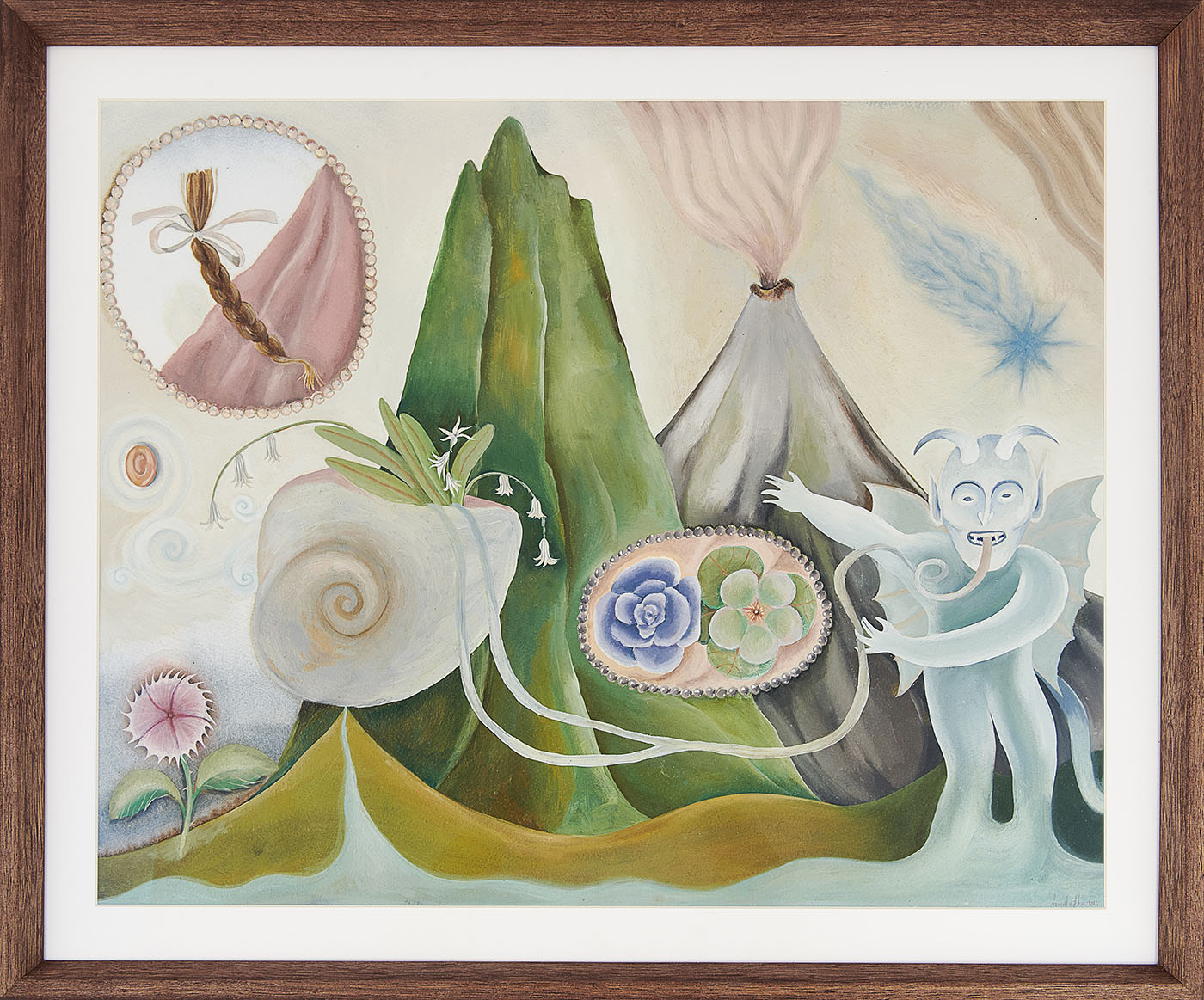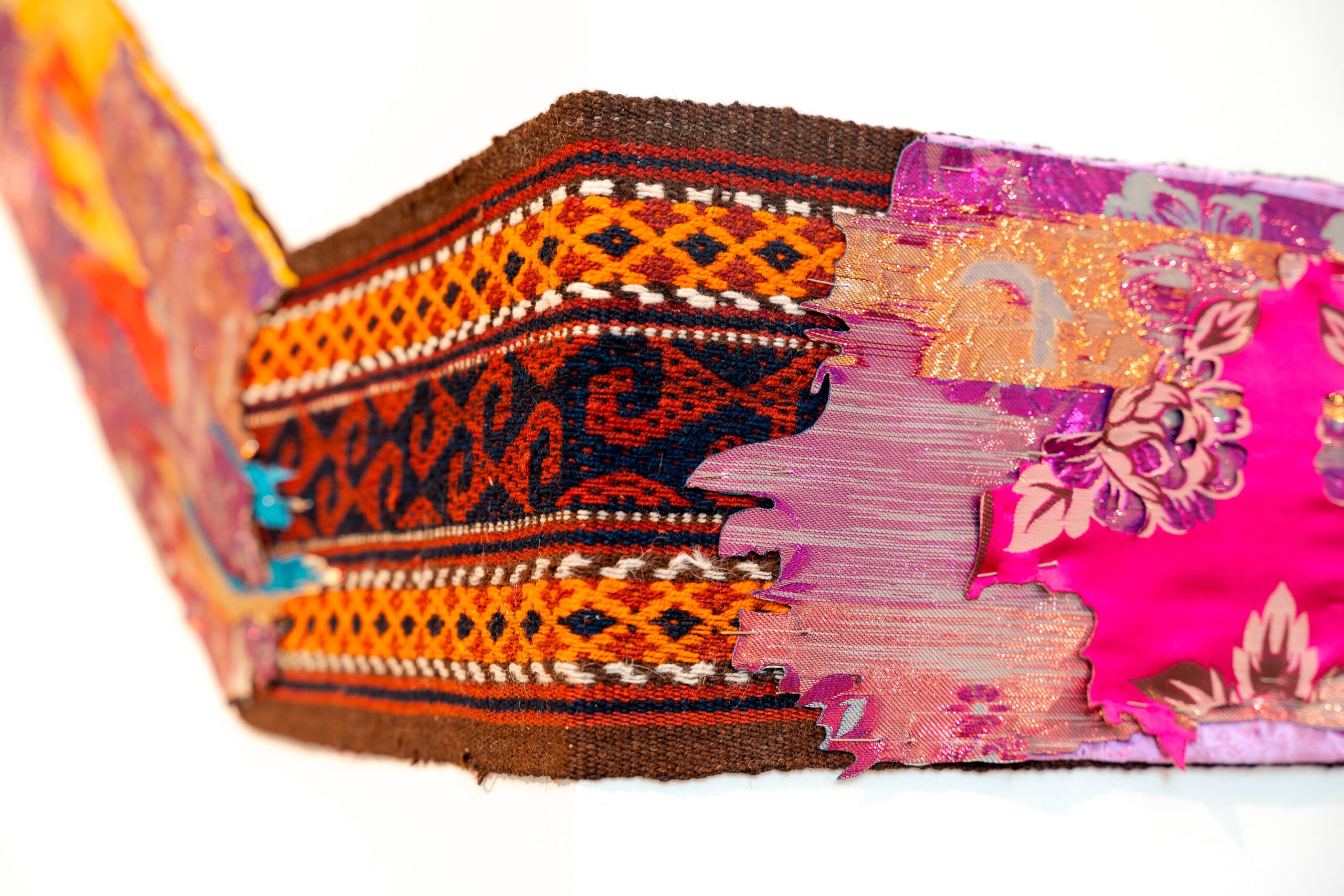
New article (originally in Italian, but you also have an English version) about a city which I recently visited, Helsinki. Here is my very personal guide for IFDM.
Here is the link to the article

New article (originally in Italian, but you also have an English version) about a city which I recently visited, Helsinki. Here is my very personal guide for IFDM.
Here is the link to the article

Another review of the Helsinki Biennial (in Italian with a English translation) for IFDM, sharing some more thoughts and analysis to share on a very interesting art event.
Here is the link to the article
Read More
Below the extended version of my latest article which appeared on Le Quotidien de L’Art.
Il y a encore quelques années, la proposition culturelle dans la seconde ville de France en matière d’arts plastiques était extrêmement limitée : quelques lieux informels, des programmations éparses, un public principalement local et un marché de l’art quasi-absent.
Mais, depuis Manifesta en 2020 et grâce au travail acharné d’espaces créatifs comme la Friche Belle de Mai, et des muséums tel quel le MUCEM, le [mac] et le Frac, les propositions se sont faites de plus en plus audacieuses, attirant un public à la fois national et international. Les galeries indépendantes, plus d’une vingtaine aujourd’hui, quadrillent le centre-ville dont celles d’artistes qui ont ouvert leurs ateliers ici à Marseille, après la pandémie.
La vivacité grandissante de cette scène n’a pas échappée à l’entrepreneur culturelle Becca Hoffman de l’association 74Arts, qui organise des foires itinérantes, de Aspen à Singapour. L’Edition marseillaise de 74Arts s’appelle « La Mer, » et a l’ambition de relier directement les studios d’artistes marseillais aux grandes galeries françaises ainsi qu’aux collectionneurs internationaux. « On pense que Marseille a beaucoup changée au cours des dernières années » note Becca Hoffman, qui vit entre New York et Antibes. « Après le Covid, on a vu beaucoup de nouvelles fondations et des collectionneurs qui ont déménagés ici. Marseille, c’est l’avenir. Il y a une énergie créative qui est ouverte à tout le monde, mais surtout au Méditerranéen. »
Read More
There are historical characters that are no longer themselves. They become archetypes and symbols for us to project upon. Cleopatra is one such character.
The Mystery of Cleopatra, a newly opened exhibition at the Institut du Monde Arabe in Paris, investigates this very aspect of the Egyptian queen.
Drawing on historical sources that retrace who Cleopatra was, the exhibition examines what she has been made to represent — and how her story might now be told differently.
I interviewed the exhibition’s curator for The New Arab.
Here is the link to the article
Read More
The 2025 Helsinki Biennial delivers in the sense that it unfolds in the moment and strives for harmony, but do we really want art to affect us so imperceptibly that it’s ultimately like nothing ever happened?
I wrote my review of the Biennial for the Observer.
Here is the link to the article
Read More
To take a snapshot of the magmatic undercurrent in Istanbul’s art scene, I examined the city’s subterranean energies through a gallery show, an art fair, and a museum retrospective. The story is for The Markaz Review.
Here is the link to the article
Read More
In the art world, fairs often have a meteoric rise and fall in an oversaturated market of competing events. But every so often, one lands with a quiet, deliberate weight, embedding itself in the soil of its context and revitalizing it. Vima in Limassol, Cyprus, is one such project.
Unfolding in a transformed wine warehouse near the sea, VIMA resisted the sterile polish of typical fair venues. Here, the Mediterranean wind mingled with the hum of languages, from Russian to Arabic, Greek, and Turkish, to English.
The fair was founded by three Russians who have established themselves in Cyprus – Edgar Gadzhiev, Lara Kotreleva, and Nadezhda Zinovskaya – all of whom have brought a deep well of curatorial and institutional experience from Central Asia, Eurasia, and beyond.
I have interviewed the three founders for Times of Central Asia.
Here is the link to the article
Read More
Beyond its commercial ambitions, the inaugural edition of VIMA art fair carved out space to consider Cyprus’ complex geopolitical position. I wrote a report on the fair for the Observer.
Here is the link to the article
Read More
A pale Milanese dawn draped the city in shifting greys, as visitors crossed the threshold into the space of Fondazione Elpis, a foundation created to promote dialogue with emerging geographies and young artists.
This time, it was Central Asian artists who were in the spotlight, claiming a shared history fractured by Soviet rule and global currents. The show YOU ARE HERE: Central Asia redraws a regional map, allowing artists to reimagine the borders of their belonging beyond nation-states. At the same time, it invites each visitor to relate to the works by locating its place within these stitched, erased, and reconfigured narratives.
I have interviewed curator Dilda Ramazan for Times of Central Asia.
Here is the link to the article
Read More
Very proud to have my first review in Artforum. This is a review of the installation Artificial Green by Nature Green 4.0 at the 2024 Bangkok Art Biennale by artists Bagus Pandega and Kei Imazu’s.
The work cyclically generated and erased images of a lush Indonesian rainforest, like Penelope repeatedly weaving and unraveling her shroud.
Here is the link to the review
Read More
The Arab World Institute’s exhibition on Gaza’s archaeological treasures offers European visitors a vital glimpse into the history of the Palestinian enclave.
I wrote the piece for The New Arab
Here is the link to the article
Read More
In his new show, More than Dreams, Less than Things, at NIKA Projects in Paris, Ugay looks at the origins of image-making both literally and philosophically. Inspired by Ibn al-Haytham’s Book of Optics, the artist reanimates the ancient camera obscura, letting light seep through the book’s pages to birth abstract images: faded records of a presence.
The exhibition, which opened on March 16, explores the tension between technological progress and the way this can be disrupted by the power of imagination and poetry – eminently human things – by looking at the intersection of photography, technology, and diasporic memory.
I wrote this piece for Times of Central Asia
Here is the link to the article
Read More